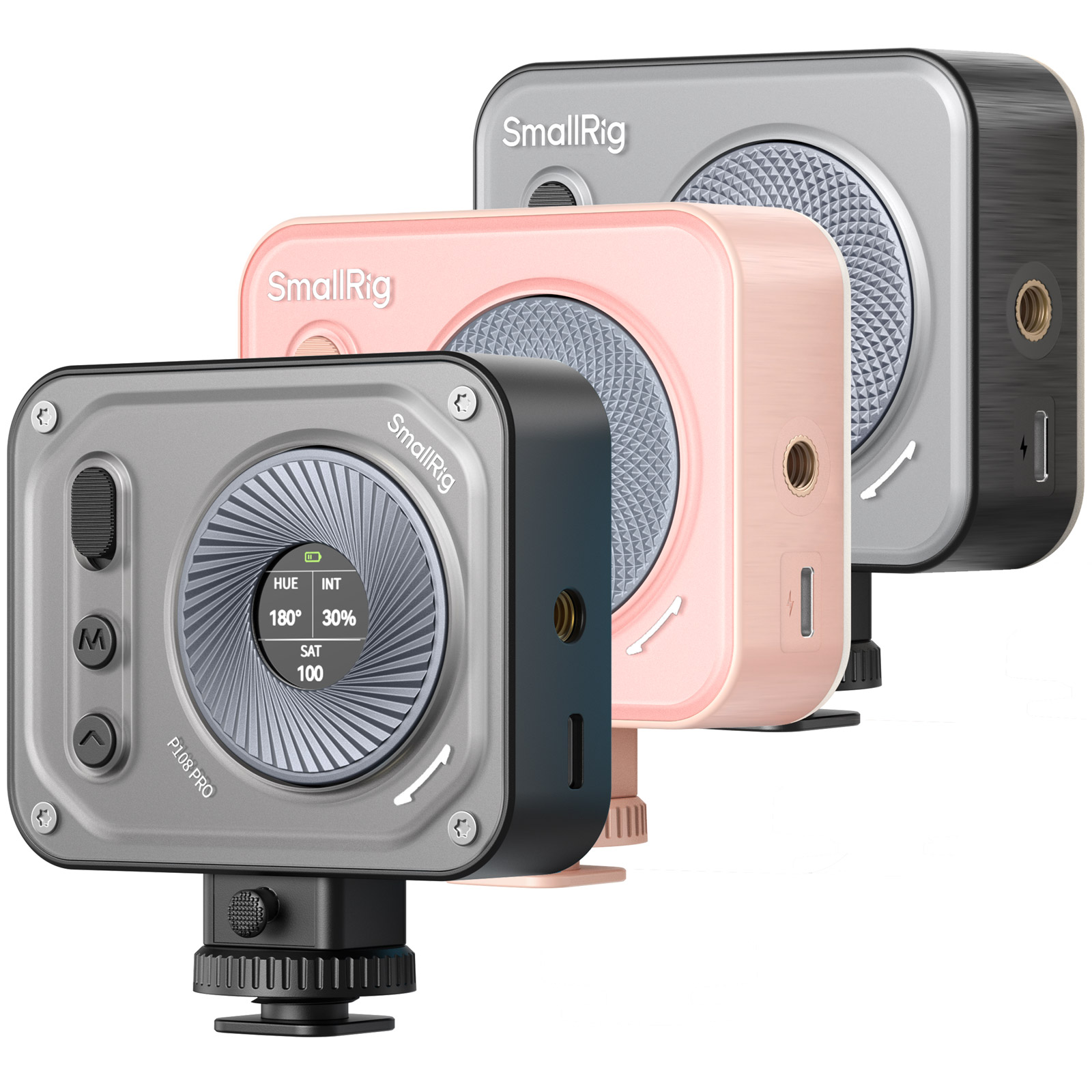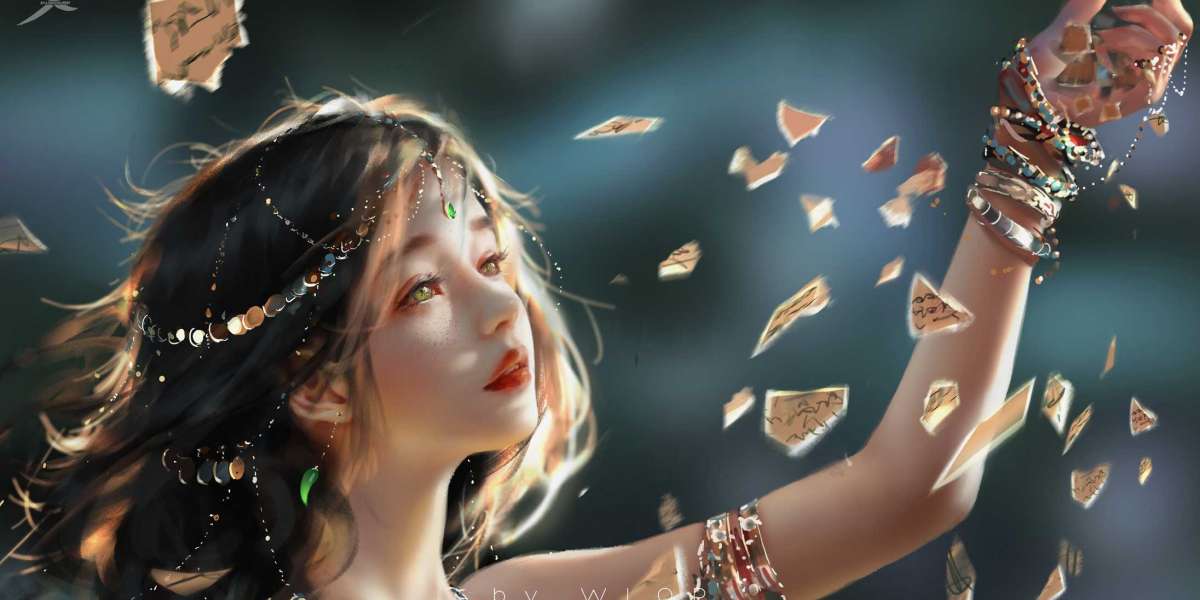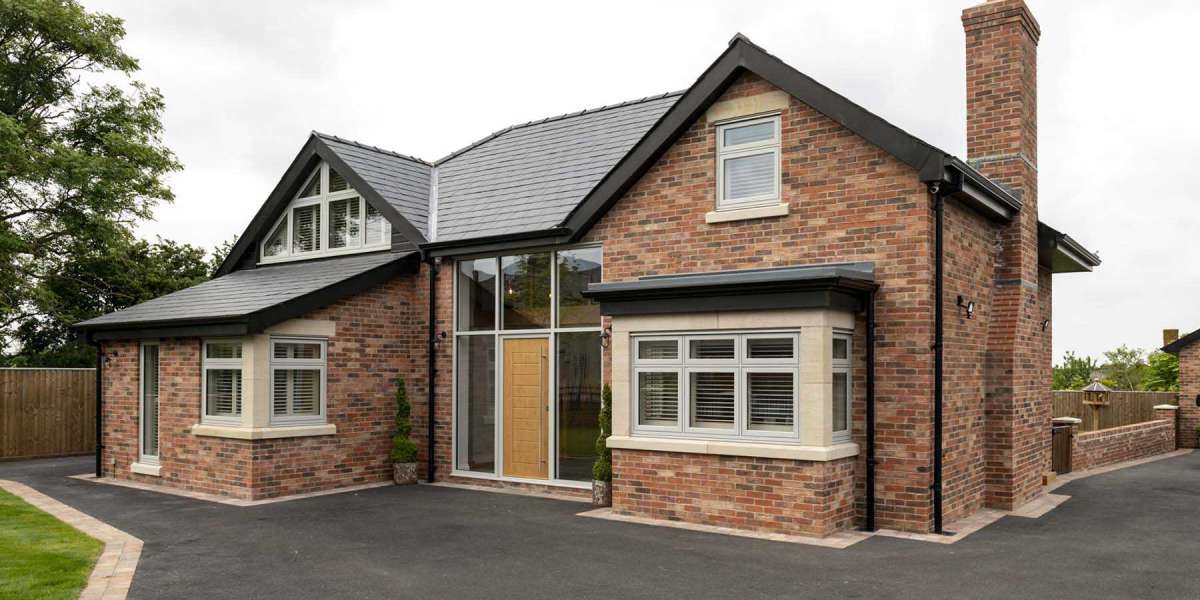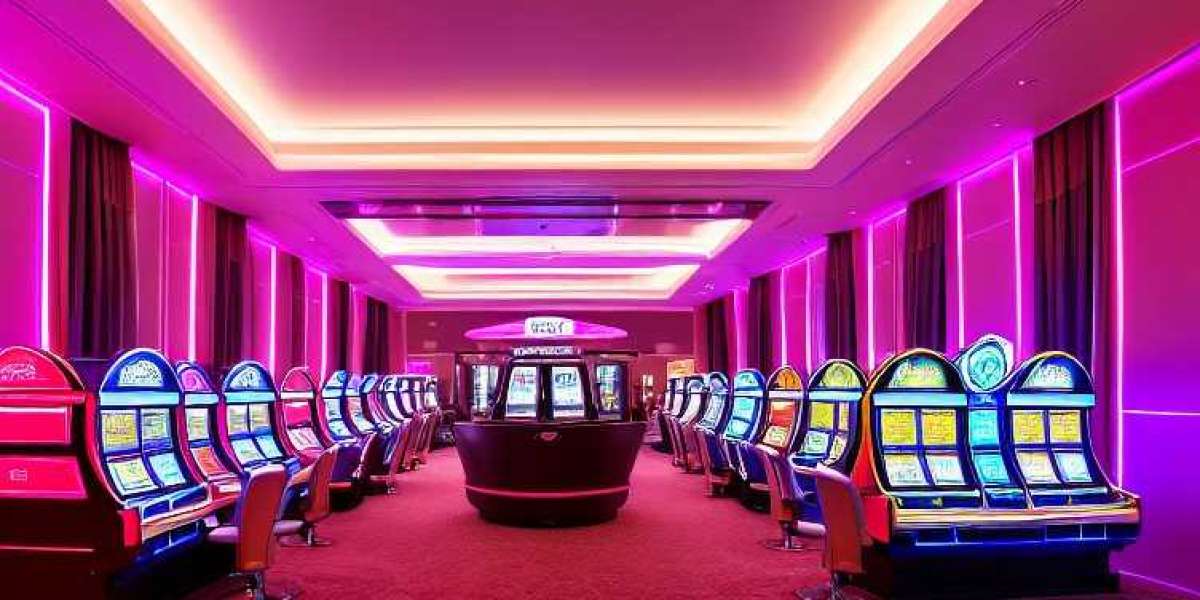Unlock Your Photography Potential with the Perfect Lighting Gear!
Lighting is often regarded as the backbone of photography, possessing the remarkable ability to transform an ordinary image into something extraordinary. Whether you're a budding enthusiast or a seasoned professional, the right lighting can dramatically enhance your compositions, making them more vibrant, appealing, and emotionally resonant. This article aims to guide you through the myriad options available in photography lighting gear, helping you make informed choices that align with your unique style and needs. By understanding the importance of lighting and its various applications, you'll be better equipped to elevate your photography to new heights.

Understanding Photography Lighting Basics
To harness the full potential of photography lighting, one must first grasp its fundamental principles. Lighting can be classified into two main categories: natural and artificial. Natural light, such as sunlight, offers a dynamic range of colors and intensities, changing throughout the day and influenced by weather conditions. On the other hand, artificial light provides photographers with more control over their environment, allowing for consistent results regardless of external factors. Understanding color temperature is also essential, as it affects the mood and tone of your images. For instance, warm light can evoke feelings of comfort, while cooler tones might create a more sterile atmosphere. Additionally, the direction and quality of light play crucial roles in shaping your subjects; soft light can minimize harsh shadows, whereas direct light can create striking contrasts. By mastering these basics, you'll be better prepared to manipulate lighting to achieve your artistic vision.
Types of Photography Lighting Equipment
With a solid grasp of lighting fundamentals, it's time to explore the various types of photography lighting equipment at your disposal. Continuous lights, flash units, reflectors, and diffusers each serve distinct purposes and offer unique benefits. Continuous lights provide a constant source of illumination, making it easy to visualize the final image as you shoot. They're particularly advantageous for beginners who may be overwhelmed by the complexities of flash. Flash units, or speedlights, are versatile tools that deliver a powerful burst of light, ideal for freezing motion and creating dramatic effects. Reflectors, on the other hand, are simple yet effective tools that bounce light back onto your subject, enhancing highlights and softening shadows. Lastly, diffusers can be used to soften harsh light, creating a more flattering illumination for portraits. By understanding the roles of each type of equipment, you can choose the right tools to elevate your work.
Continuous Lighting
Continuous lights are particularly user-friendly for those just starting in photography. Their innate ability to provide a constant light source allows for real-time adjustments, making it easier to grasp how different lighting angles and intensities affect your images. These lights are perfect for various scenarios—be it portrait photography, product shoots, or video recording. A friend of mine, who is a budding videographer, swears by continuous lights for her YouTube tutorials, as they allow her to achieve consistent lighting without the need for complex settings. This straightforward approach can significantly boost your confidence as you experiment and refine your skills.
Flash and Strobe Lighting
Flash and strobe lights are quintessential for photographers seeking to explore dynamic and high-energy shooting conditions. Unlike continuous lights, which provide a steady beam, flash units deliver a powerful burst of light, enabling you to freeze action in its tracks. They are particularly useful in low-light situations, such as nighttime events or indoor settings where natural light is scarce. Additionally, flash units can create dramatic effects, such as rim lighting or creative shadows, that add depth and interest to your compositions. A colleague of mine, an accomplished wedding photographer, often uses flash units to capture those spontaneous moments that would otherwise be lost in the shadows, proving the transformative power of this lighting option.
Choosing the Right Lighting Gear for Your Needs
Selecting the right lighting gear can be a daunting task, especially given the plethora of options available. Start by considering the type of photography you primarily engage in—whether it’s portraits, landscapes, or product photography—as this will influence your lighting requirements. For portrait photography, softer light sources, like diffused continuous lights or softboxes, can help create flattering images. Alternatively, landscape photographers might prioritize natural light, supplemented with reflectors for added dimension. Budget is another crucial factor; you can find effective lighting solutions at various price points. Portability is also essential, particularly for photographers who travel frequently or shoot on location. Assessing these factors will help you make an informed decision on the lighting gear that best suits your style and workflow.
Budget-Friendly Options
For those on a budget, there are numerous affordable lighting solutions that won't compromise on quality. DIY options, such as using household lamps or creating bounce reflectors from white poster boards, can produce impressive results without breaking the bank. Additionally, consider investing in a basic continuous light kit, which often includes essential accessories like softboxes and stands. Many photographers I know have successfully started their journeys with minimal gear, gradually upgrading as their skills and needs evolve. Remember, the key is to maximize the potential of what you have while continuously exploring new techniques and setups.
Advanced Lighting Techniques
Once you’ve mastered the basics, you may want to venture into advanced lighting techniques to further enhance your creativity. Experimenting with light modifiers, such as grids, gels, and snoots, can help you control the quality and direction of your light, allowing for more artistic expression. Multi-light setups can also add depth to your images, creating a three-dimensional effect that draws the viewer's eye. A friend who is an experienced photographer often combines multiple light sources to achieve stunning portraits with rich textures and vibrant colors. Exploring these advanced techniques can help you develop your signature style and push the boundaries of your photographic capabilities.
Elevating Your Photography Through Lighting Mastery
In conclusion, lighting is a fundamental aspect of photography that can significantly elevate your images and overall skills. Understanding the various types of lighting equipment available and how to choose the right gear based on your needs will empower you to make informed decisions. Whether you're just starting out or looking to refine your techniques, experimenting with different lighting setups can lead to exciting discoveries and a unique photographic style. Embrace the journey of mastering photography lighting, and watch as your creativity blossoms.







